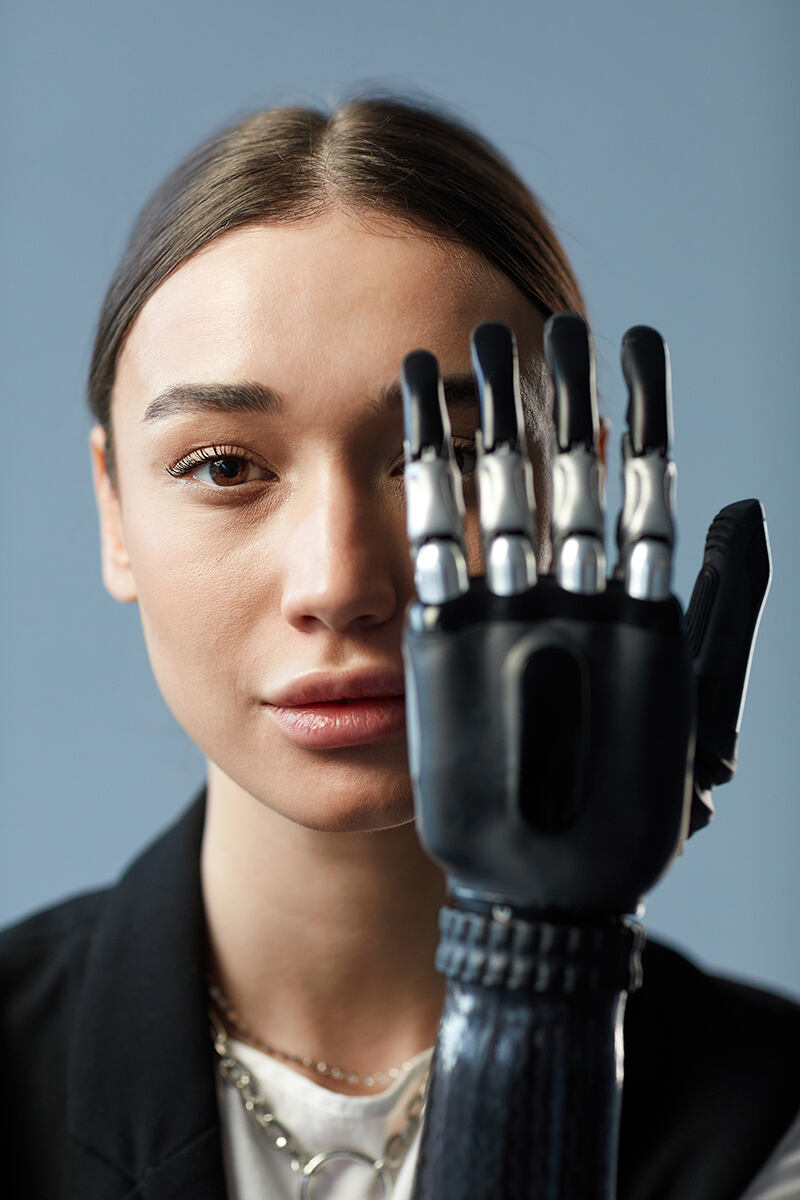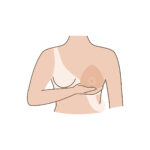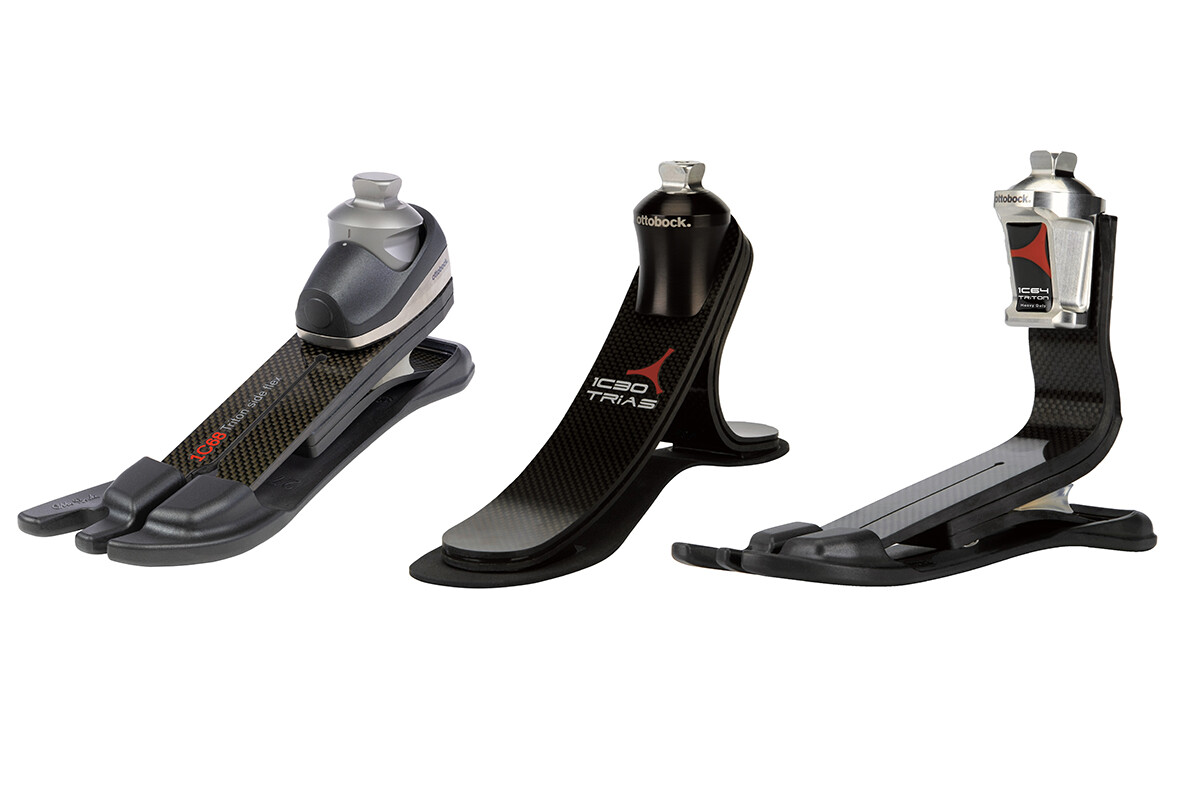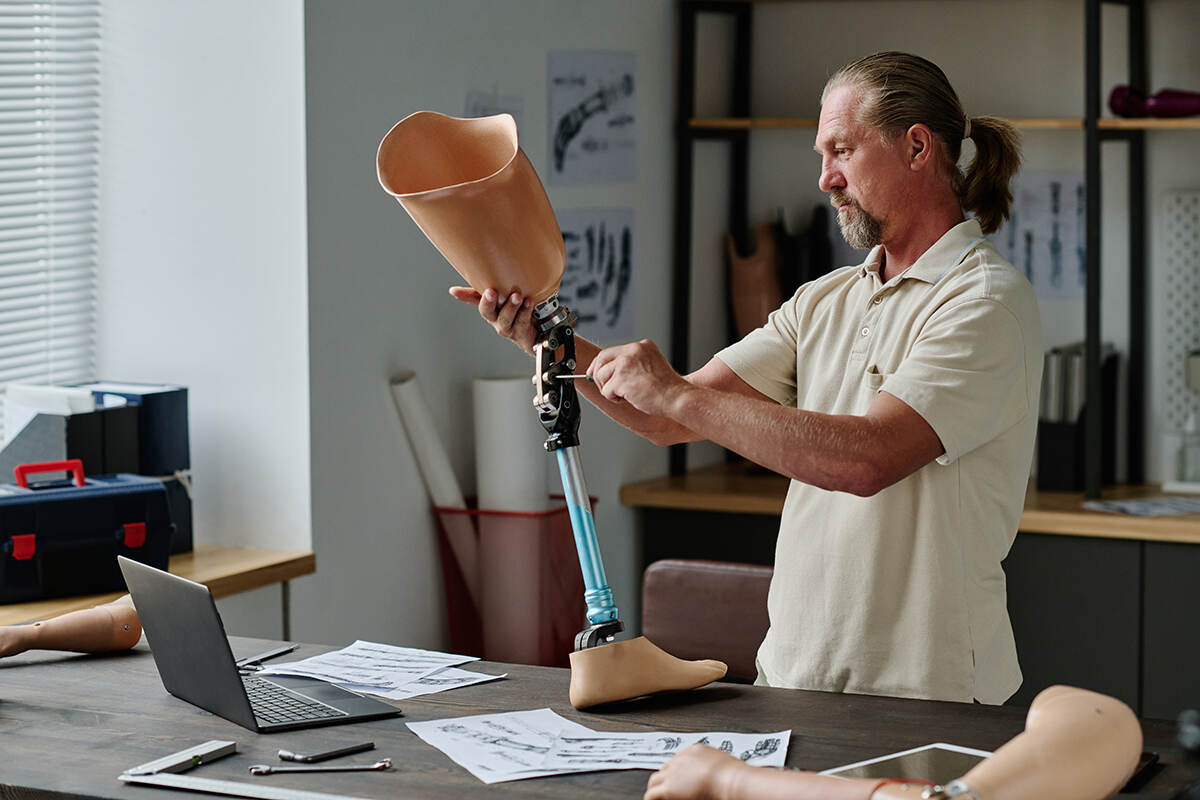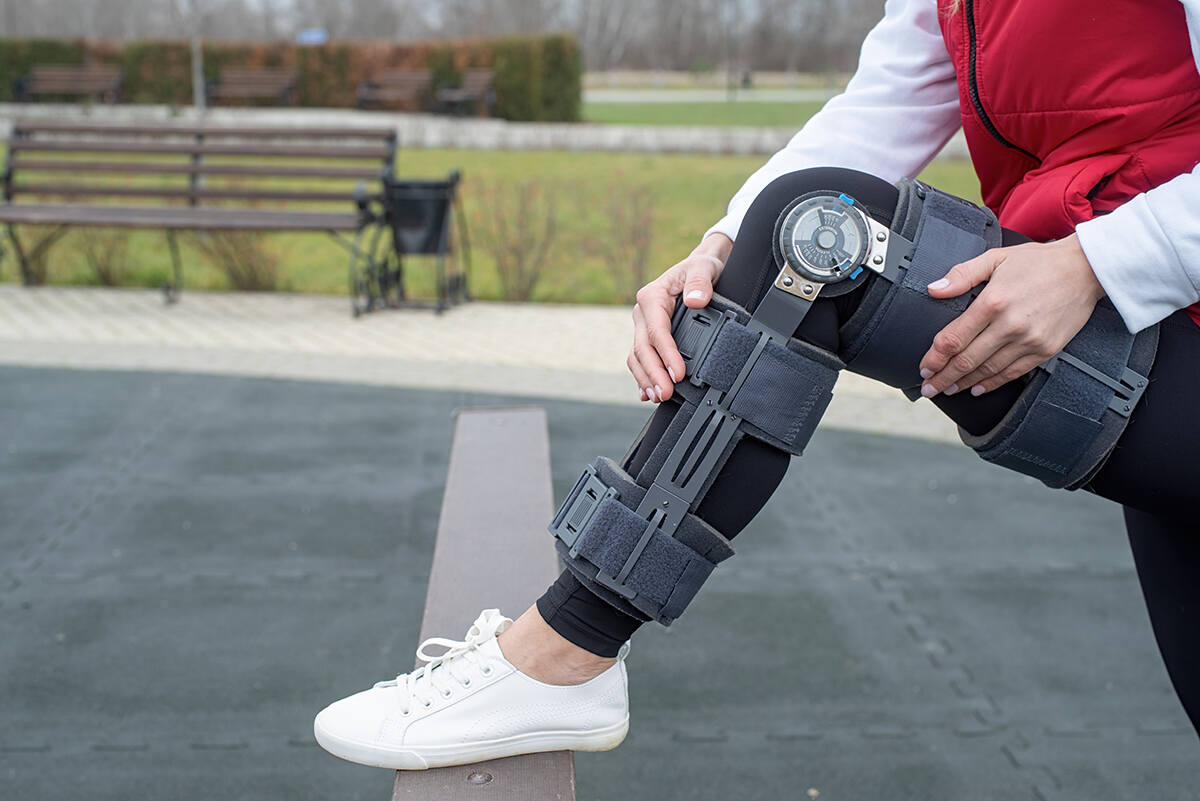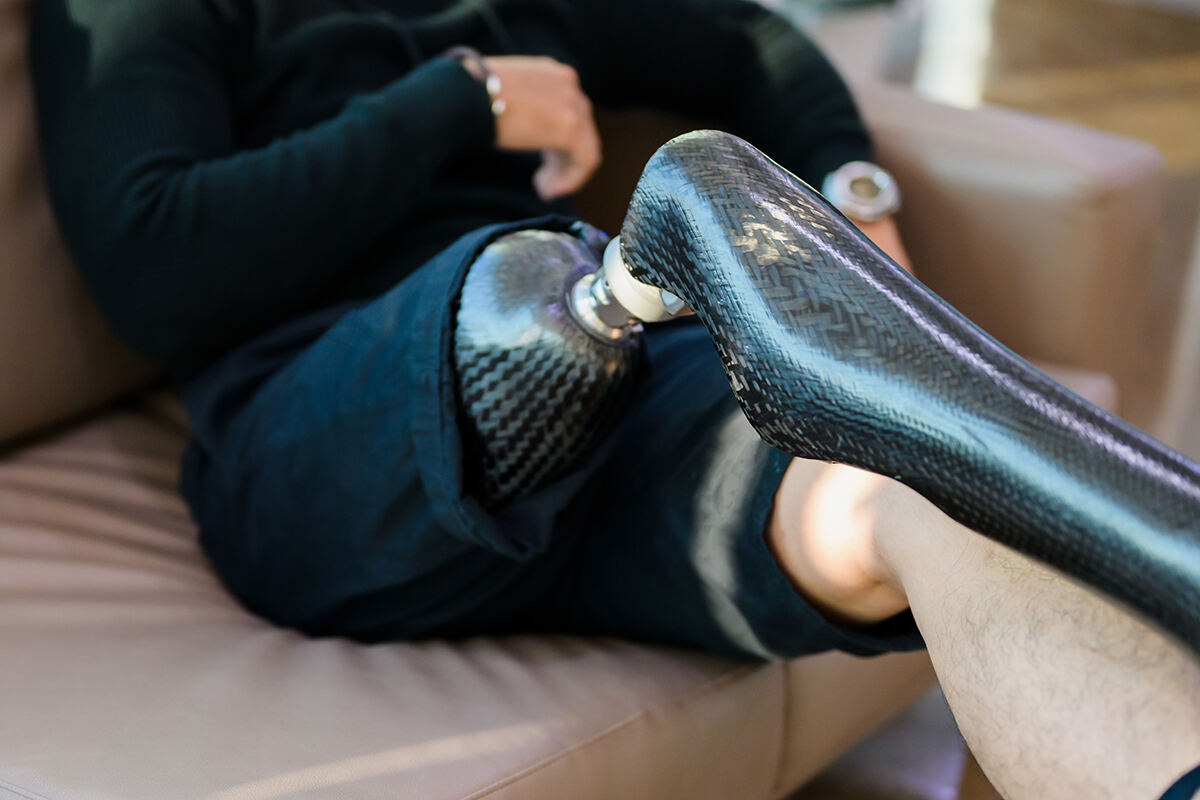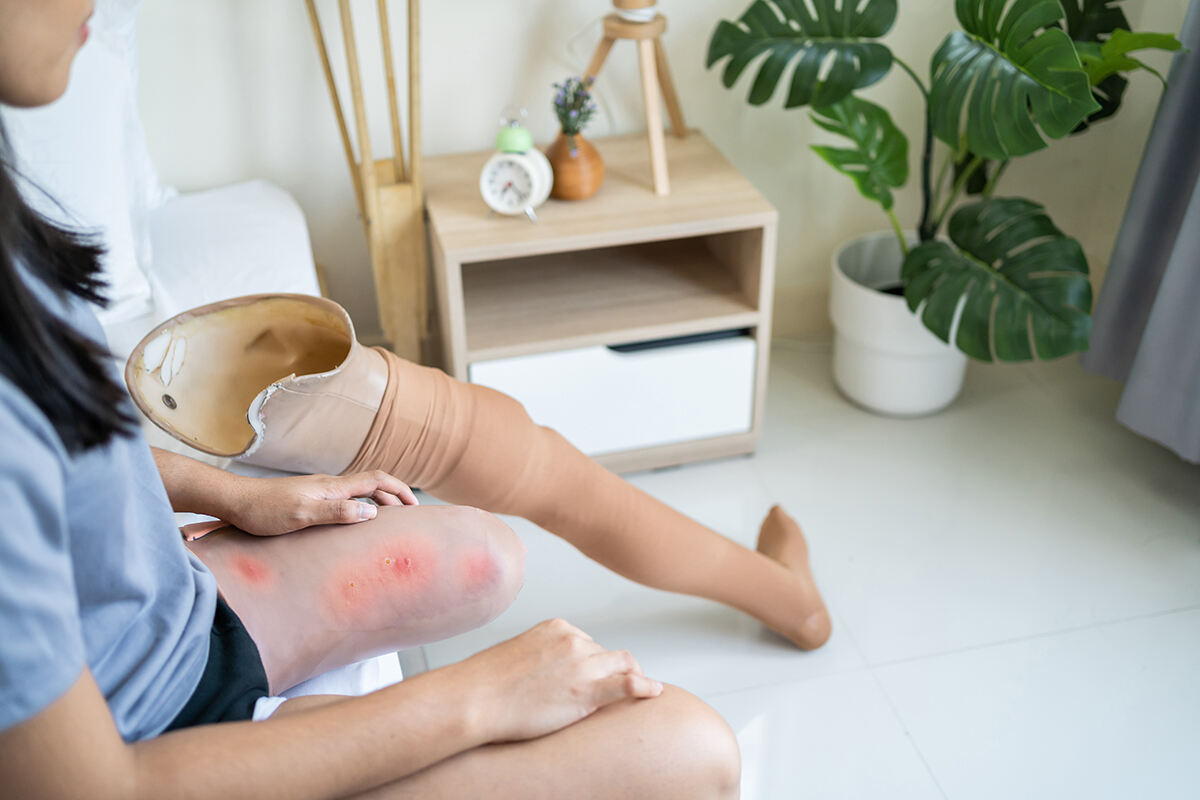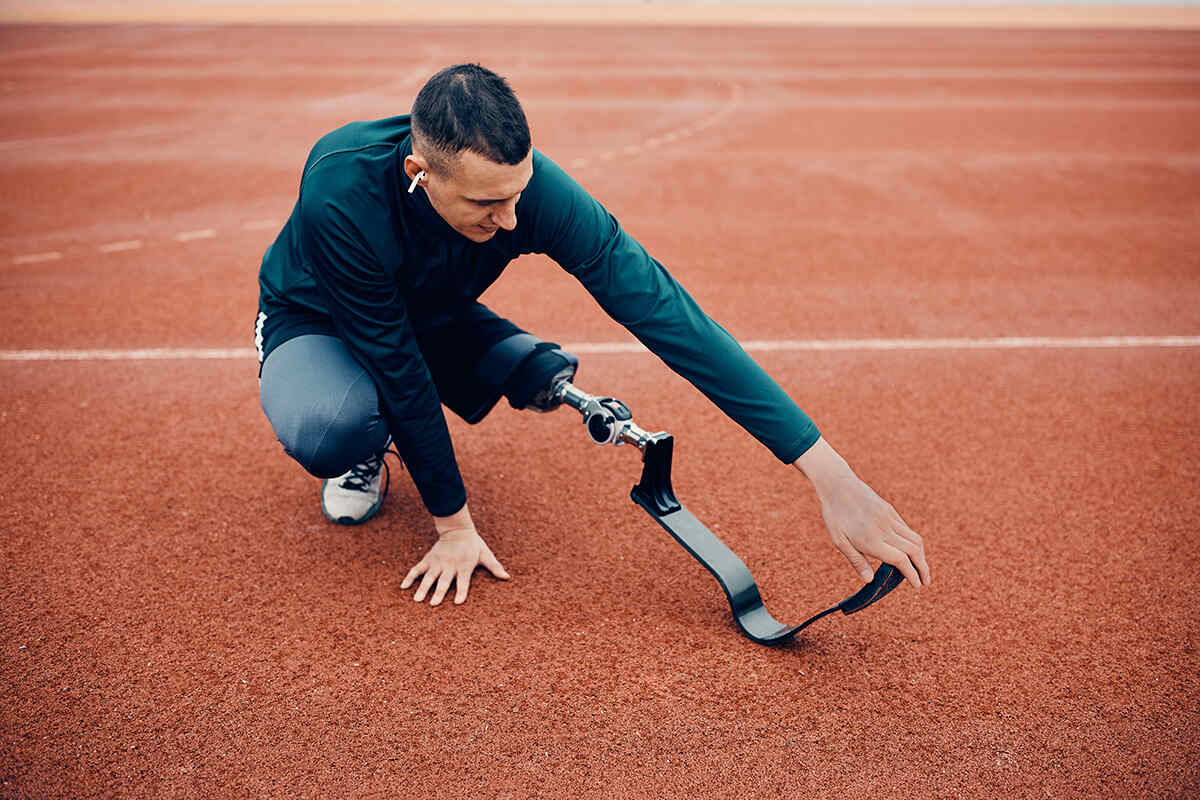Are you looking to restore function and appearance with a finger prosthetic? Navigating finger prosthetic options can be overwhelming, but our guide simplifies your decision-making process. We’ll compare the realism of silicone prosthetics with the functionality of designs, and delve into custom thumb prostheses. No fluff, just actionable insights to find the best fit for your needs. Keep reading for a clear understanding of each option to help you make an informed choice.
Key Takeaways
- Different types of prosthetic fingers are designed to cater to specific needs, involving choices between silicone, functional, and custom-designed options, with varying focuses on aesthetics, grip function, and personalization.
- Prosthetic devices are essential for hand function recovery by restoring length, enhancing grip strength, and increasing manual dexterity, which are critical for performing everyday tasks and regaining independence.
- Personalization and adaptation are key components of a successful prosthetic experience, requiring matching skin tone, replicating natural movement, and offering specialized solutions for athletes, musicians, and professionals.
Exploring Finger Prosthesis Varieties

Choosing a finger prosthesis is not a one-size-fits-all decision. The right choice depends on various factors, including the level of finger amputation, your lifestyle, and personal preferences. Broadly, we can categorize finger prostheses into three types – silicone prosthetic fingers, functional prosthetic fingers, and custom-designed thumb prostheses. Each of these offers unique benefits and can cater to a range of needs.
There are different types of prosthetic fingers available, each with its own focus and benefits:
- Silicone prosthetic fingers: These prosthetics balance functionality and aesthetics, providing a natural look and feel.
- Functional prosthetic fingers: Functional prosthetic fingers that focus on restoring active grip and pinch force for functional activities.
- Custom-designed thumb prostheses: If you need a personalized solution, custom-designed thumb prostheses are available. These prosthetics are tailored to your exact requirements, ensuring both a comfortable fit and a lifelike appearance.
Silicone Prosthetic Fingers
The popularity of silicone prosthetic fingers, also known as silicone finger prosthesis, is not unfounded. They provide a range of benefits, including:
- Modest enhancement in hand function
- Increased precision grip
- Comfort
- Lifelike appearance In fact, the use of a silicone prosthesis, particularly in the form of silicone finger prosthesis, has become increasingly popular in recent years.
The secret lies in custom fabrication and custom-coloring using silicone elastomers. This customization allows the prosthetic fingers to closely match your skin tone, texture, and other features, resulting in a realistic appearance. It’s like regaining a part of you that was lost.
Another advantage of silicone prosthetic fingers is their lifespan. With proper maintenance and usage, they can last from 1 to 3 years, be it prosthetics that replace the entire finger or just a part of it. To ensure their longevity, it’s advisable to:
- Remove them at night
- Maintain clean skin
- Delicately wash the fingers with soap and warm water
- Refrain from submerging them in water
With simple care, you can keep your silicone finger and silicone prosthetic fingers looking and functioning their best.
Functional Prosthetic Fingers by Naked Prosthetics
Functionality is where Naked Prosthetics shines, with their premium hand prosthetics specifically crafted to cater to partial-hand amputation, including cases with amputated fingers. Utilizing a unique mechanism that replicates the kinematic coupling of natural fingers, their prosthetic fingers offer stable movement and improved grip. For instance, the GripLock Finger enhances grip by providing a passive positionable digit prosthesis that collaborates with the remaining fingers, making it suitable for those with multiple fingers amputated.
Naked Prosthetics’ functional fingers, such as the PIPDriver, MCPDriver, and ThumbDriver, are designed to restore length and dexterity by replicating natural finger movements, replacing missing joints, and safeguarding sensitive areas. They restore pinch, key, cylindrical, and power grasps, providing grip stability and oppositional force. These high-quality finger prostheses have a significant positive impact on users’ lives, enabling them to regain functionality and independence in their daily activities.
Custom-Designed Thumb Prosthesis
A higher level of personalization is found in custom-designed thumb prostheses. They can be tailored to your precise measurements, ensuring a superior fit and comfort. The design process includes utilizing free open-source software, 3D scanning technology, and additive manufacturing methods. This advanced approach results in prostheses that protect sensitive tissue, improve function, and maintain a natural appearance.
Beyond comfort, custom-designed thumb prostheses also offer enhanced functionality for daily activities and improved aesthetics that contribute to a more lifelike appearance. It’s all about creating a solution that’s just right for you – one that blends seamlessly with your hand structure and meets your unique needs.
The Role of Prosthetic Devices in Hand Function Recovery
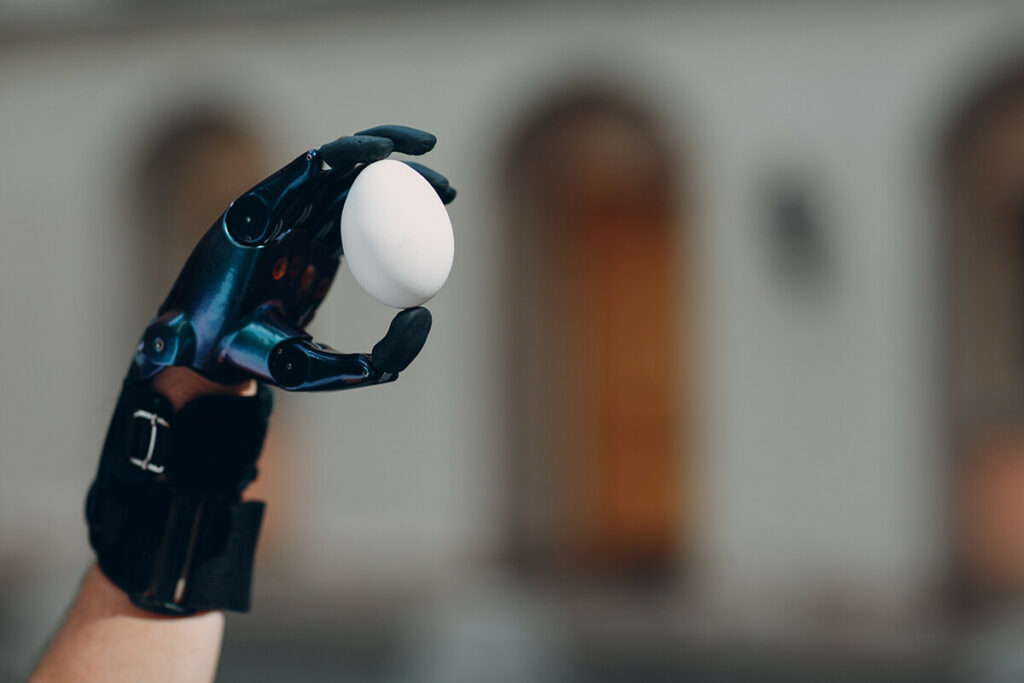
Despite aesthetics being a significant factor, the primary purpose of a prosthetic device is to regain lost hand function. Prosthetic devices play a significant role in compensating for the loss of fine, coordinated movements of the hand. They provide tactile sensation and proprioceptive feedback, enabling you to complete tasks more efficiently. How do they accomplish this feat? Let’s explore the details.
Restoring length and dexterity and enhancing grip and manual dexterity are key to improving overall hand function. Prosthetic devices strive to achieve:
- dexterous motor function comparable to that of the human hand
- extending the affected arm or hand
- offering fully articulating body-driven prostheses that restore length and enhance dexterity
- regulating the force and position of the prosthetic fingers, allowing for a range of grips that enable you to perform various tasks.
Importance of Restoring Length and Dexterity
To regain your hand’s functionality, restoration of length and dexterity is indispensable. The finger length, particularly the fingernails, has a positive influence on hand dexterity. A fingernail length of 2 mm can enhance sensory perception and improve the ability to pick up small objects with precision. Prosthetic fingers replicate the natural length and dexterity of real fingers, contributing to more controlled and precise movements.
This restoration of length and dexterity enhances pinch grip strength, fine motor skills, and overall grasp in the middle and distal phalanges. It enables you to perform various tasks that demand precise movements and grip, supporting your independence and enhancing your quality of life. With the right prosthetic fingers, you can regain your hand’s functionality and return to your daily activities with ease.
Enhancing Grip and Manual Dexterity
Two key elements in hand function are grip and manual dexterity. Prosthetic fingers improve grip by leveraging cutaneous sensory cues and muscle activation to adjust force while handling objects. They employ a sensorimotor control system that regulates the force and position of the prosthetic fingers, allowing for a range of grips.
These grips encompass:
- Opposed grip
- Glove grip
- Tripod grip
- Trigger grip
- Precision grip (open & close)
- Rock grip
- Power grip
- Tool grip
- Fine pinch closed
- Fine pinch open
- Lateral pinch
- Chuck grip
With these features, prosthetic fingers can greatly enhance your hand’s functionality and make everyday tasks easier.
Personalizing Your Prosthesis: A Tailored Approach
Personalization plays a crucial role in prosthetics. Rather than a one-size-fits-all approach, a tailored prosthetic device can offer a more comfortable fit and better results. Whether it’s matching your skin tone or achieving natural movement, personalization can make a big difference in how well you adapt to your new prosthetic finger.
It is vital to guarantee a natural and seamless appearance that harmonizes with your natural skin color. This involves a multi-layered moulding technique that incorporates intrinsic and extrinsic coloration processes to replicate the natural layered anatomy and optical properties of human skin. But what about movement? Can prosthetics mimic the natural movements of a real finger?
Matching Your Skin Tone
Matching your skin tone is an important step in personalizing your prosthesis. It ensures a natural and seamless appearance, which can have aesthetic and psychological benefits. Technologies such as the Spectromatch e-Skin spectrocolorimeter utilize spectral data to enable fast and precise color matching, resulting in a prosthetic that blends seamlessly with your skin.
But this seamless look isn’t permanent. Over time, your skin tone might change due to factors like sunlight exposure or age. To maintain a natural look, prosthetic companies occasionally remake the prosthesis or externally adjust the color to match your current skin tone. This way, your prosthetic finger can continue to look natural and lifelike.
Achieving Natural Movement
It’s a complex task to achieve natural movement in a prosthetic finger. It involves replicating the intricate movements of natural finger joints, considering dexterous and natural finger movements, and emulating natural hand closure. Various technologies, including joint-driven, cable-controlled, and wrist-driven mechanisms, are integrated into finger prosthetics to achieve this.
The results are promising. Prosthetic fingers enable some degree of movement, enhancing your dexterity and ability to manipulate objects. They offer pressure stimulation and clear feedback during touch, contributing to more controlled and precise movements.
With recent technological advancements, even bionic hands and bioinspired robotic fingers are now possible, offering agile, lightweight, and robust movement.
The Journey from Amputation to Adaptation

Transitioning from amputation to adaptation may be challenging, but it is indeed feasible. With the right preparation, rehabilitation, and ongoing support, you can adapt to life with a prosthetic device and maximize its functionality. Every step of the journey, be it preparing for life with a prosthesis, undergoing rehabilitation, or seeking ongoing support, is of utmost importance.
Preparation involves understanding the options available and choosing the right device for your needs. Rehabilitation is essential for adapting to life with a prosthetic device and maximizing its functionality. And ongoing support can help you overcome challenges along the way and make the most of your new prosthetic finger.
Preparing for Life with a Prosthesis
There are several steps involved in preparing for life with a prosthetic finger. First, you’ll need to choose the right prosthetic device. This involves considering factors like your specific needs, level of limb loss, and goals for using the prosthesis. Consulting with a certified provider is essential to explore and discuss the most suitable option for you.
Once you’ve chosen a prosthetic finger, it’s time to learn how to care for it. This involves:
- Consistently cleaning it using lukewarm water and pH-neutral soap
- Refraining from using harsh chemicals or abrasive substances
- Avoiding exposing it to high temperatures
- Removing the prosthesis during sleep
With the right care, your prosthetic finger, designed for those who have experienced finger amputations and have an amputated finger, can last longer and function better.
Rehabilitation and Ongoing Support
In the adaptation process, rehabilitation and ongoing support play a vital role. Physical therapy plays a key role in enhancing muscle strength, flexibility, and coordination, and in instructing individuals on prosthesis usage. Early physiotherapy rehabilitation can even prevent potential complications.
Beyond physical therapy, coping strategies can help manage the emotional and psychological impacts of living with a finger prosthesis. Here are some strategies to consider:
- Establish a daily routine that integrates physical, creative, and social activities
- Prioritize self-care
- Foster a positive mindset
- Reflect on personal accomplishments
Remember, you’re not alone in this journey.
Specialized Prosthetic Solutions for Specific Needs
All prosthetic fingers are not made the same. Depending on your specific needs, you may require a specialized solution. Whether you’re an athlete, a musician, or a craftsman, there are prosthetic devices designed to support your unique needs.
Prostheses tailored for specific activities, such as swimming or playing a musical instrument, can be used for sports and recreation. Prosthetic tools, customized to cater to the unique demands of various occupations and crafts, can be used for professional tasks and hobbies. Let’s delve deeper into these specialized solutions.
Sports and Recreation
For individuals who lead an active lifestyle, sports and recreation prostheses can make a big difference. These prosthetic fingers are specifically created to enhance performance in recreational and athletic activities. Whether you’re a swimmer or a musician, there’s a prosthetic solution for you.
Swimming prosthetic fingers enable the hand to close through the contraction of corresponding muscles, facilitating swimming movements. For musicians, prosthetic fingers are specifically crafted to uphold visual appeal and enable proficient playing of their instruments. With these specialized solutions, you can pursue your passions without limitations.
Professional and Craftsmanship Tools
For professional artisans and craftsmen, specialized prosthetic tools can be a game-changer. These tools are specifically designed to meet the unique demands of different occupations. From sculpting tools for artists to handcrafted gauntlets for intricate work, these prosthetics can greatly enhance your performance.
These tools are crafted from durable materials including:
- Silicone
- Aluminium
- Stainless steel
- Titanium
- Carbon fiber
- Thermoplastic
- Foam
These materials ensure the durability and suitability of the tools for specific professional duties. With these specialized prosthetic tools, you can continue to excel in your craft, regardless of any physical limitations.
Navigating Financial and Insurance Aspects
The journey to acquire a prosthetic finger is not just physical; it’s financial as well. Understanding the costs involved and how insurance can help cover these costs is crucial. While health insurance plans typically cover a portion of the prosthetic expenses, the coverage may not be sufficient to cover the entire cost.
In the US, Medicare and Medicaid can help cover the costs of prosthetic devices. The typical cost of a finger prosthesis varies from $2,000 to $20,000, with the actual price being determined by the specific type and complexity of the prosthesis. Navigating these financial and insurance aspects can be challenging, but with the right information, you can make informed decisions.
Frequently Asked Questions
How much would a prosthetic finger cost?
The cost of a prosthetic finger can range from $2,000 to $20,000, depending on factors such as whether it’s partial or full, cosmetic or electronically powered.
Are there prosthetics for missing fingers?
Yes, there are prosthetics specifically designed for finger loss, such as those offered by Naked Prosthetics. They are custom-made to provide functional, high-quality replacements for missing fingers.
How does a prosthetic finger stay on?
A prosthetic finger stays in place using suction and by overlapping remaining anatomy. If the finger loss is complete, an adjacent finger may need to be banded or the remaining part of the hand overlapped to create a silicone prosthesis.
Are finger prosthetics covered by insurance?
In some cases, finger prosthetics may be covered by insurance plans, but it depends on the specific plan and the deductible/copay requirements. The Affordable Care Act requires small-group insurance plans to cover Essential Health Benefits, including prosthetics, but it’s not mandatory for all plans to do so.
Are silicone prosthetic fingers durable?
Yes, silicone prosthetic fingers can be durable with proper maintenance and usage, lasting from 1 to 3 years.


